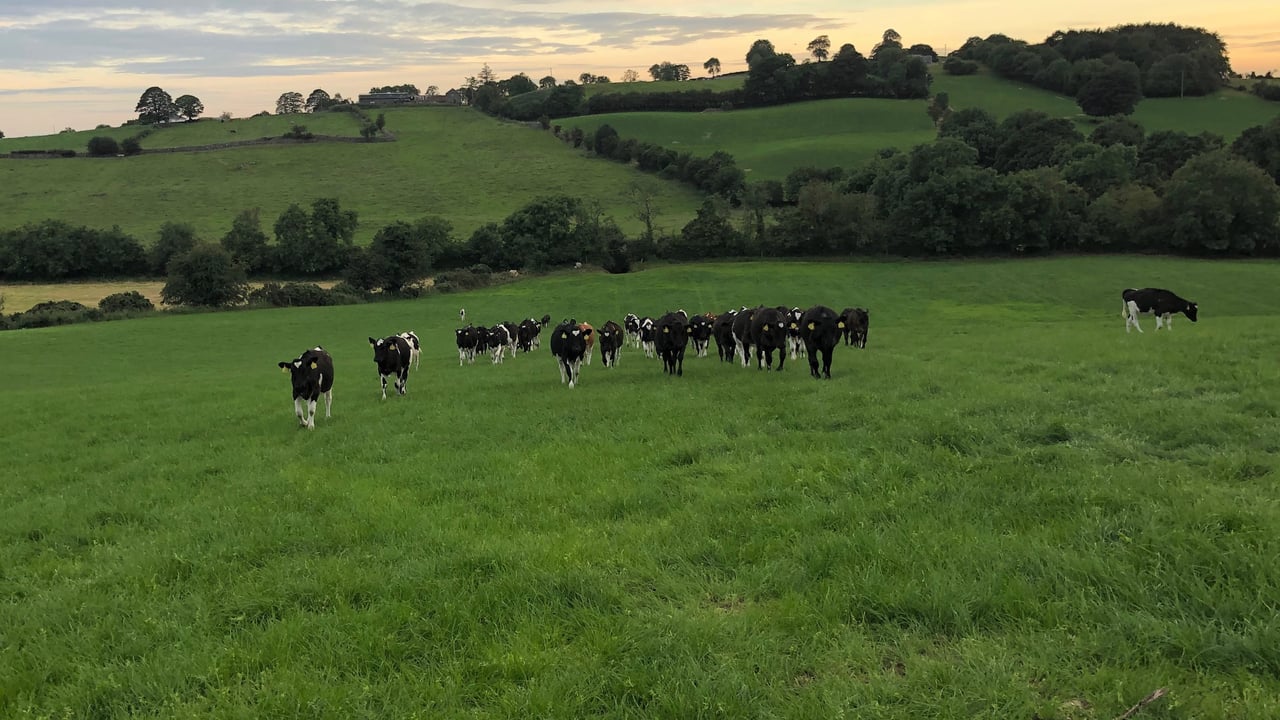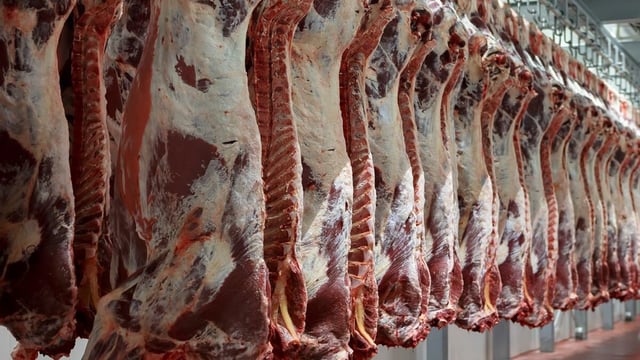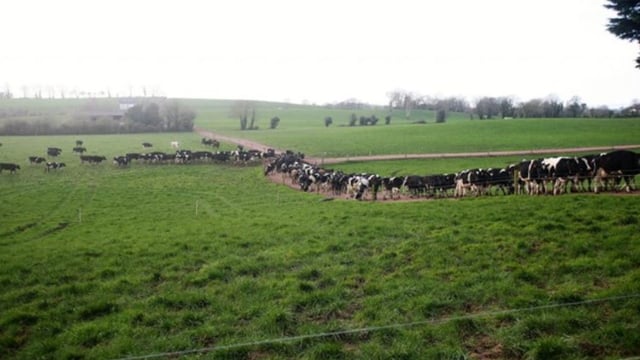Table: Are your replacement heifer calves on target?
Now is a good time to assess how your heifer calves are doing. Establishing their weights at this time of the year will give you time to correct below target calves from August to September, before they are housed for the winter.
Ensuring that your replacement calves are reaching their target weights relative to their age is crucial for the future productivity of the herd.
There can be a huge range in growth performances of heifer calves throughout the rearing period, but, getting all of your replacements on the same target will impact when they go in calf and the profitability of the replacements.
Throughout the first summer, it is not uncommon for variations in calves weight gain to vary from 12kg to 30kg per month, according to Teagasc.
The knock-on effect of this, is that it results in heifers often being underweight, or even overweight, when it comes to the breeding season and you want to get them in calf.
Overweight and underweight heifers have shown to be at a disadvantage when it comes to fertility and milk production performance, meaning weighing your heifers is crucial to the profitability of your farm.
Making sure your calves are on target or rectifying the few that are not on target, is going to have a major impact on the farm's bottom line.
This is why the most important management practice for heifer rearing is regular weighing, as it will allow you assess decisions to date and plan for the months ahead.
Through regular weighing and monitoring, it allows you to identify any individual animals that may need some extra attention.
Weight targets for February-born dairy heifer calves in August, as per Teagasc are as follows:
| Maintenance index EBI (€) | -10 | 0 | 10 | 20 | 30 |
| Mature weight (kg) | 690 | 640 | 590 | 540 | 490 |
| Target kg for the end of August | 207 | 192 | 177 | 162 | 147 |
The table above shows the targets for mid to late August weights based on mature weight. A farmer should calculate the group average and identify the calves that are behind the average.
The calves behind the target should be possibly grouped on their own and allocated access to more concentrates and fodder until they catch up with the rest of the heifers.
Calves at this time of the year should have access to high quality grass, while introducing extra concentrates if needed to meet target weights.
Calves should be eating at least 2.2% of their target bodyweight by now which equates to about 4kgDM/ day for a Friesian-type calf.





